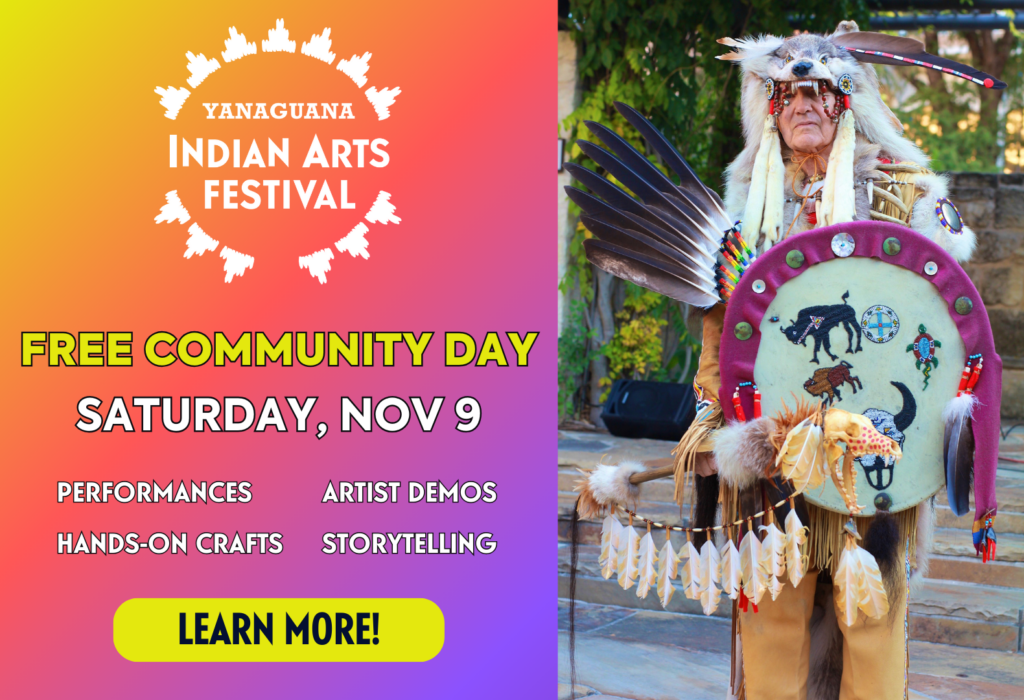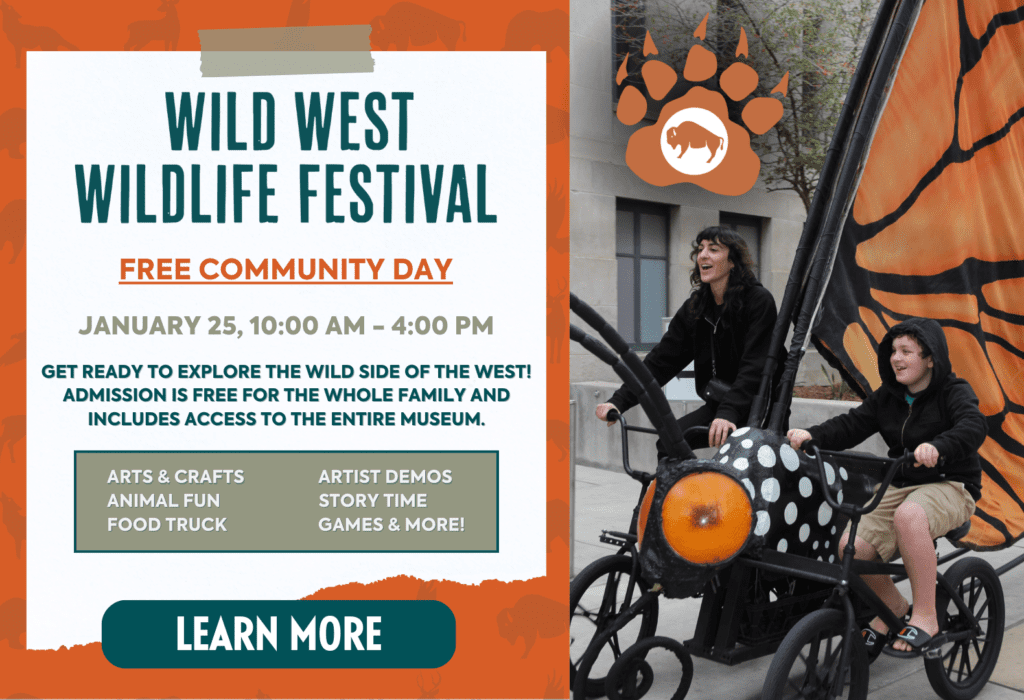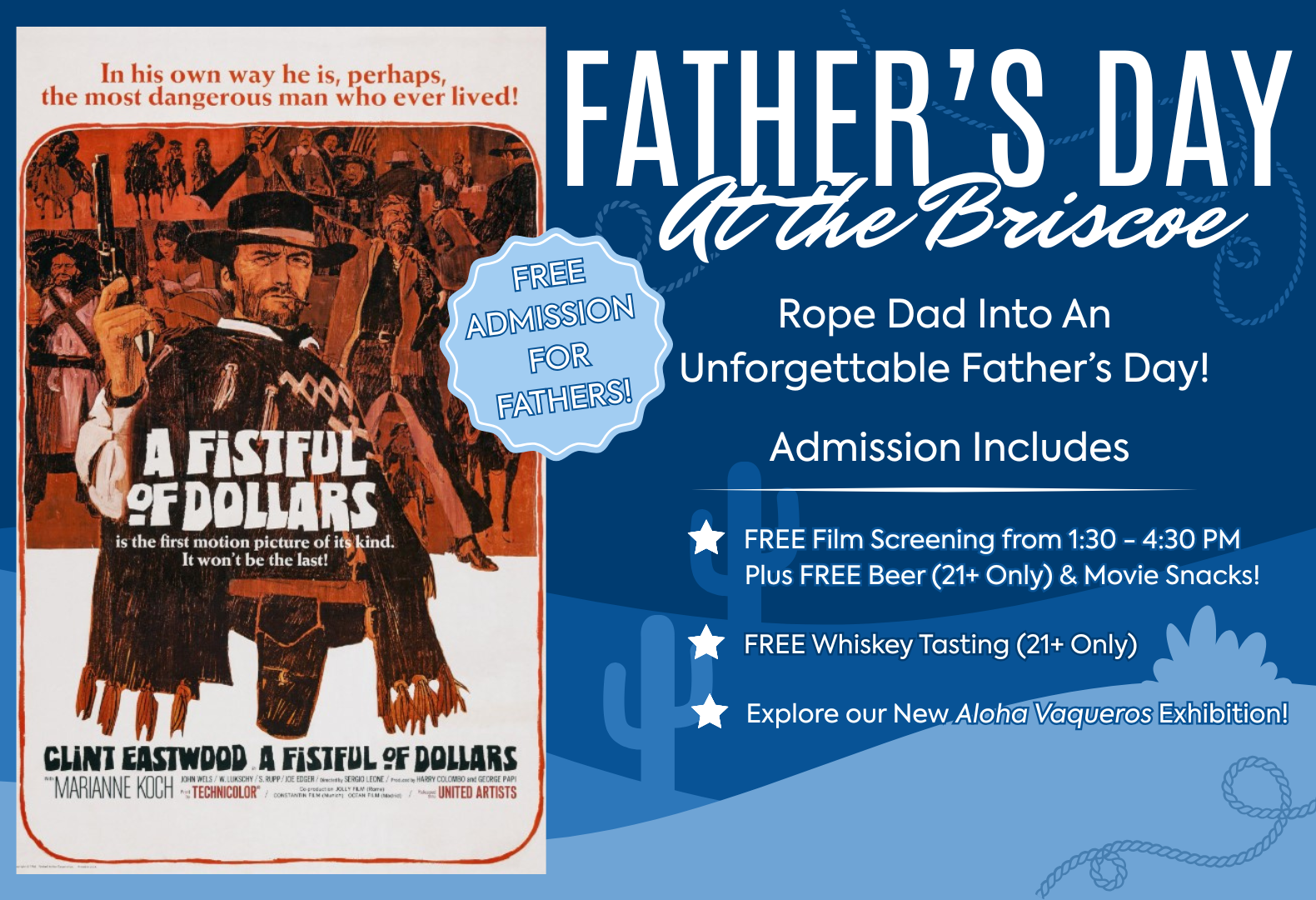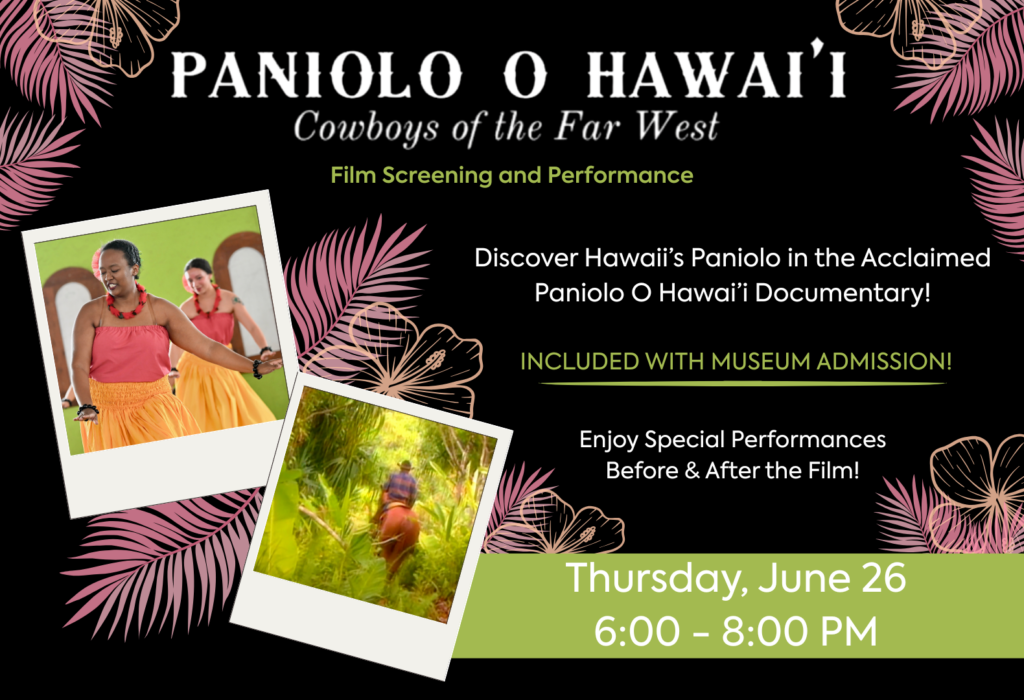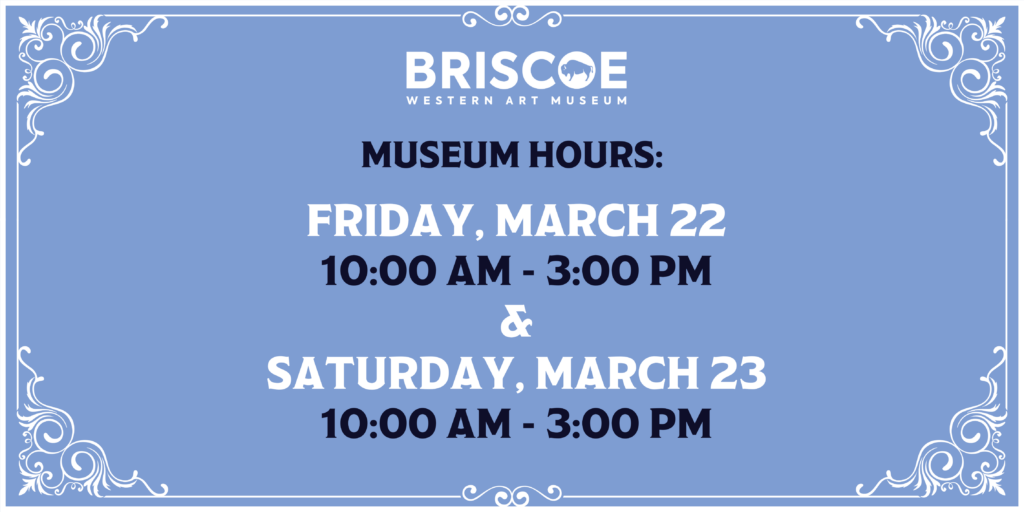August Rumblings

The Briscoe Western Art Museum and the National Park Service (NPS) have something in common: they share the same mascot, a solitary bison. NPS’ bison grazes in an open meadow on the official arrowhead symbol that rangers wear on their uniforms. The Biscoe features a solitary bison in its logo as well. James Earl Frazier’s buffalo nickel decorative molding that hangs in the museum’s foyer employs a similar motif.
Western artists have gravitated toward the theme of the solitary bison since the animal’s near-extinction. The image of a powerful animal on the brink of destruction was often used to convey feelings of isolation, the passing of an era, and the fragility of nature. One of the museum’s recent acquisitions from Night of Artists 2019 elaborates on this theme, but the artist of the piece, Greg Beecham, uses a solitary bison to portray strength.
Beecham’s painting August Rumblings shows a powerful bison advancing on the viewer, head erect and mouth open, proclaiming its dominance. The artist emphasizes the characteristics of a bison in rut, an amazing demonstration of strength and endurance by North America’s largest land animal that is best viewed from a distance. The male bison have spent the spring and early summer feeding and building themselves up for the competition that takes place in the late summer. They vocalize their availability and intentions to pursue a mate and lead a herd as August approaches. The contest between males takes place when two competing animals square off, tearing up the ground with their horns and hooves to show their superiority. If neither backs down, then the pair charge, slamming their 2,000 pounds of raw muscle into each other. They continue to try to gore, knock over, or intimidate their competitor into surrendering. The competition is fierce and necessary for the survival of a species that was nearly destroyed at the opening of the twentieth century.
Bison, which once numbered in the millions, have long been a symbol of the frontier, and their decline and rebound have been viewed as a symbol of the resilience of the Western spirit. After bison were hunted nearly to extinction by 1890, most people assumed the species would not survive the first half of the twentieth century. However, through the work of naturalists, politicians, celebrities (we’re looking at you, Bill Cody), and artists, serious steps were taken to save the bison. Today, about 500,000 live on public lands, Native American reservations, and ranches. They are truly one of the great success stories of the American West. So the next time you come to the museum and see Greg Beecham’s August Rumblings, or if you are at home and feeling particularly solitary right now, think about that bison bellowing his defiance in the face of his opposition.
BECOME A MEMBER
Help us bring the spirit of the West alive by becoming a Briscoe Partner!
Click here to become a member!
SUPPORT THE MUSEUM
Governor Dolph Briscoe and his wife Janey envisioned a Museum that would preserve the stories and traditions of the American West.







